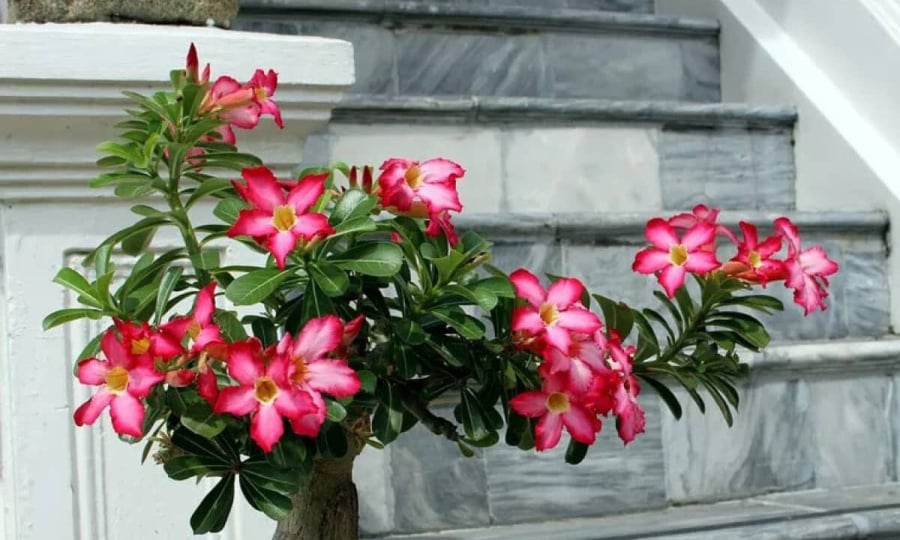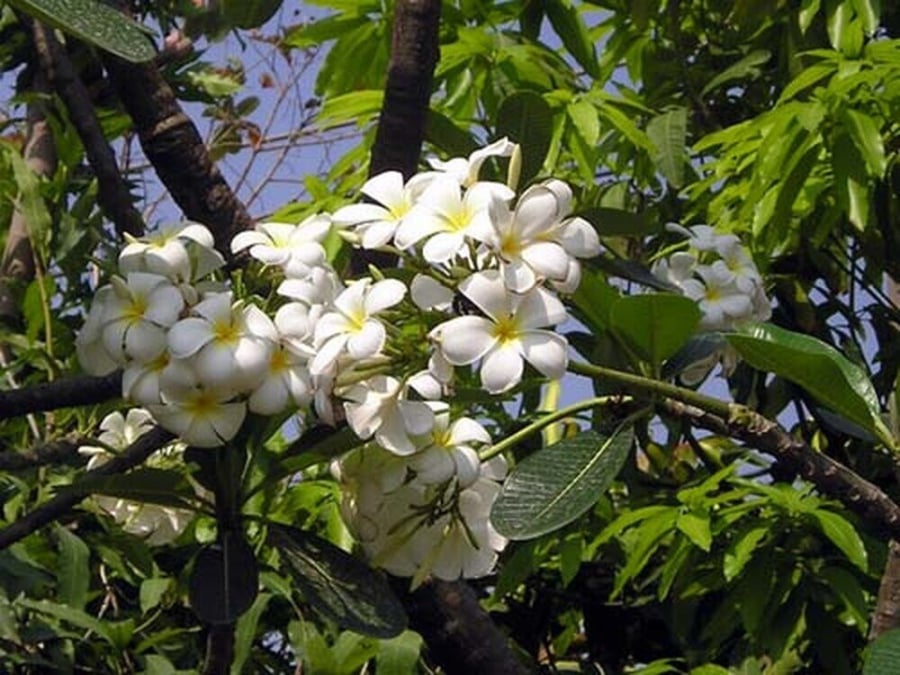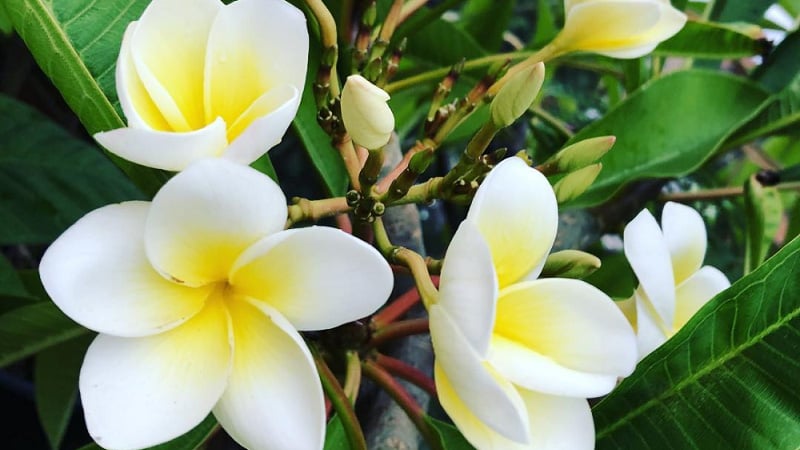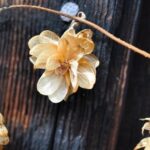Is It Suitable to Plant Plumeria in Front of the House?
Plumeria, belonging to the Apocynaceae family, is a popular plant in Vietnam. Also known as the temple tree or frangipani, it is a woody plant with a round, succulent trunk and grayish-white bark that exudes a milky sap.
The leaves of the Plumeria are long and slender, with a beautiful greenish hue, and they grow concentrically near the ends of the branches. The flowers, when in bloom, form long clusters on a common stalk that can reach lengths of 30-50 cm. The petals are thick and fleshy, twisted in the bud. Plumeria flowers come in a variety of colors, including white, yellow, red, and pink.

Plumeria is a Common Sight in Vietnam
In Vietnam, Plumeria is often planted in temples, pagodas, and communal houses. Its graceful beauty brings a sense of tranquility and peace, helping to dissipate the worries of daily life.
According to Feng Shui principles, Plumeria is considered auspicious. However, the specific color of the flower can alter its symbolic meaning. White Plumeria, for instance, symbolizes pure and innocent love, a fresh start, and the aspiration for success and good fortune.
Red Plumeria is particularly favored during the Tet Holiday as it represents joy and luck. Planting a red Plumeria tree is believed to attract abundant luck and happiness to the homeowner, bringing ease and cheerfulness to their life.

White Plumeria: A Symbol of Pure and Innocent Love
The more Plumeria flowers bloom, the more prosperity and wealth they are believed to bring to the household. This makes it an ideal plant for the front of the house, where its presence conveys the homeowner’s hospitality and friendliness.
Additionally, potted Plumeria bonsai trees can be placed in the living room or on the balcony to attract fortune and luck. The flowers also make a thoughtful gift for special occasions.

Plumeria: A Perfect Gift for Special Occasions
How to Plant and Care for Plumeria
Preparing the Pot
When choosing a pot for your Plumeria, opt for one made of unglazed clay or cement with good drainage. Avoid plastic pots or delicate-looking containers as they may detract from the aesthetic value of the plant. Consider using pot risers to enhance drainage and prevent waterlogging, while also adding a touch of elegance.
Preparing the Soil
Plumeria thrives in nutrient-rich soil with a pH of around 6 and good drainage. You can create a soil mix by combining Perlite, rice husk ash, coconut fiber, and organic fertilizers such as cow manure and worm castings.
Caring for Your Plumeria
Plumeria prefers dry conditions and ample sunlight. The more sun it receives, the more vibrant its blooms. Avoid overwatering to prevent root rot. As Plumeria is intolerant of cold temperatures, it is advisable to cover the plant with straw during winter to keep it warm.
When repotting, choose a sunny day and ensure the soil in the pot is dry. Gently lift the root ball from the old pot, pruning any rotten or excessively long roots. Treat the cuts with antifungal and antibacterial agents, then place the plant in the new pot and fill it with soil. Wait about a week before watering and resuming regular care.




































